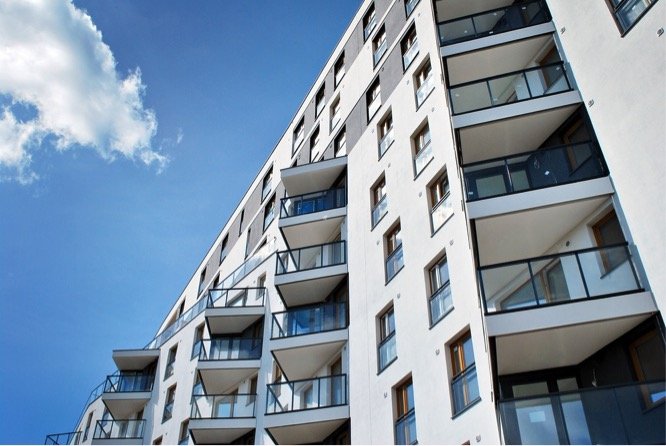Could The Increase In Online Shopping Translate To More Available Condo Developments?
There is no doubt that the internet has completely transformed the way that consumers buy goods. Making shopping way more convenient by selling their products online, sites like Amazon and other big retailers have put a strain on brick and mortar retail stores. The decline of people physically going to stores to purchase goods has led to increased retail vacancies around the nation. Both big malls and smaller strip malls are sporting “for lease” signs without anyone to occupy the shopping space.

Over the past decade, there is a growing shortage of condominiums and apartments for those who aren’t yet ready, or don’t have the resources, to invest in a single-family home. Young professionals, small families starting out, and people who aren’t looking to settle down permanently are wanting to be where the action is and to have a little space all their own without it requiring much maintenance. That has led to a housing crisis for those in the market for condo and apartment dwellings.
Cities like Los Angeles may just have found the cure to their housing crisis by being resourceful. As the mega malls and mini-malls are giving way to online shopping, what is left behind might be the perfect place for developers looking to build condos and apartments. With plenty of space available, housing developers are trying their hand at converting retail shops to single living units and seeing some real profit.
In the San Fernando Valley, a plan is in the works to demolish a mall and replace it with over 1400 units that will also include a concert venue and shops for the residents. It’s an all-in-one living arrangement, and the thought is that people can actually “live where they live” and have all the conveniences they want right on premises.
The same is true of Orange County, where a mall is slated to be sectioned off into more than 900 dwellings and will also include shopping for the residents. Instead of letting old malls deteriorate while they remain vacant, developers are seeing this as a way to bring them back to life in a different capacity, while also solving a housing crisis in big cities.
Although it’s a strike against the retail stores that aren’t pulling in the consumers anymore, there is redemption for malls and mini-malls. If developers who are finding land scarce offer a fair price, then both retailers and developers win. Stores can recoup some of the money spent to build their late 80s brick and mortar malls, while developers can reap the cash flow of providing highly-desirable condos and apartments at the height of the housing shortage.
There are estimates that in California alone as much as 20-25% of malls will be closing in the next two to five years. As traditional retail gives way to online shopping, it simply doesn’t make economic sense to try to compete by maintaining a retail shop. The logistics of paying a sales force, the overhead cost of operation, as well as the high price of rent, just aren’t feasible to operate in a mall atmosphere. Once the bigger “pull” stores clear out, then a mall is doomed.
It isn’t that developers are looking at doing away with the retail end of malls altogether. In fact, they are looking to harmonize restaurants and retail stores with homes all in the same area. The idea is that people don’t have to venture outside their neighborhoods. Having everything right where they live is a highly attractive thing for most condo and apartment dwellers. That can let the developers hold on to ownership of the commercial spaces, rent out the condos in Winnipeg, and have multiple streams of income for large developments.
This isn’t just happening in California. Malls across America are feeling the sting of internet shopping trends, and it makes good sense to use the land for something that everyone profits from. As more and more vacancies plague malls across the nation, this might be the best way to revitalize not just the malls themselves, but the areas around them that were once enjoying the income that the malls brought in. As a community upgrade, if developers are willing to invest in converting mall spaces, then they stand a good chance of turning a downward trend in retail shopping into an upward swing for housing.
More to Read:
Previous Posts:










